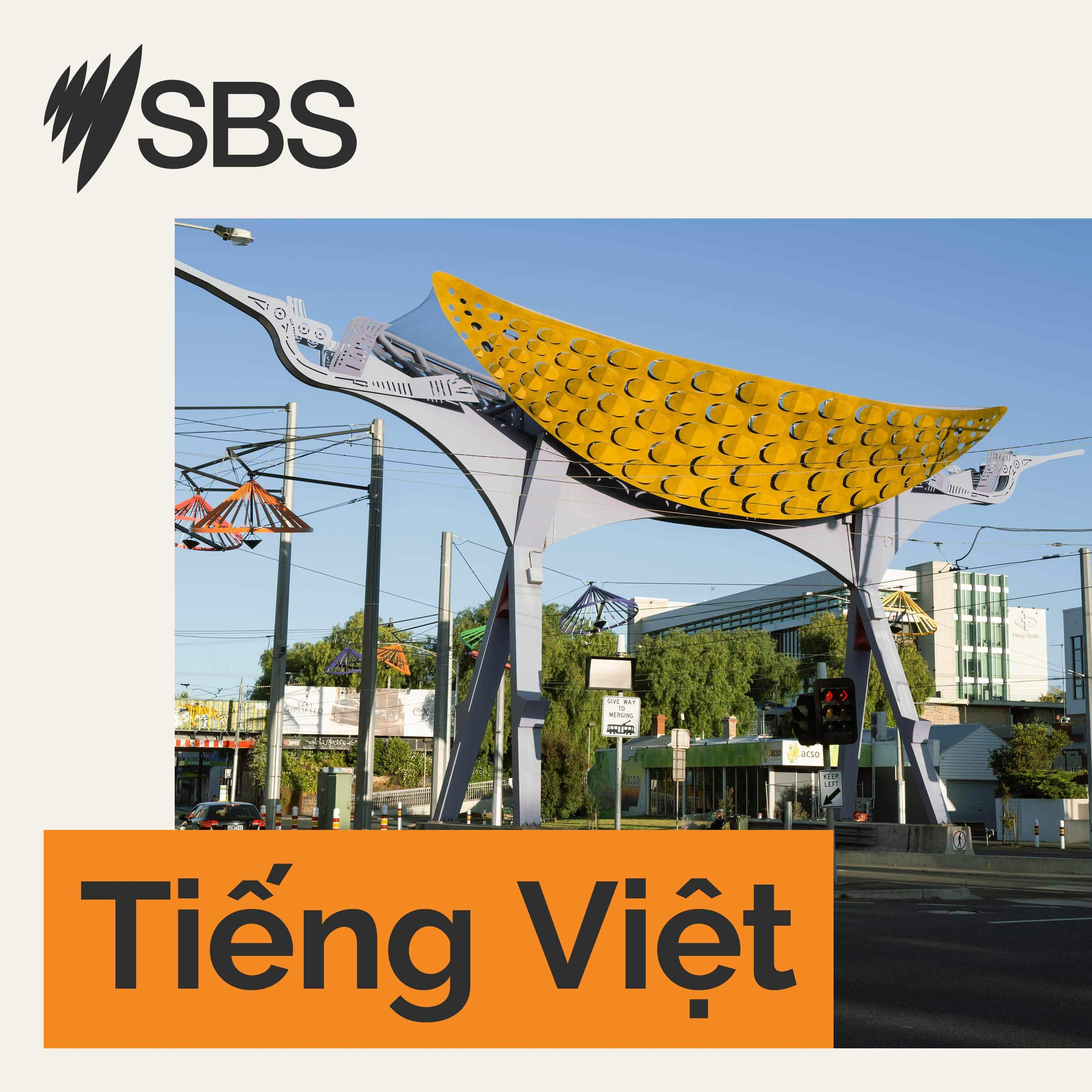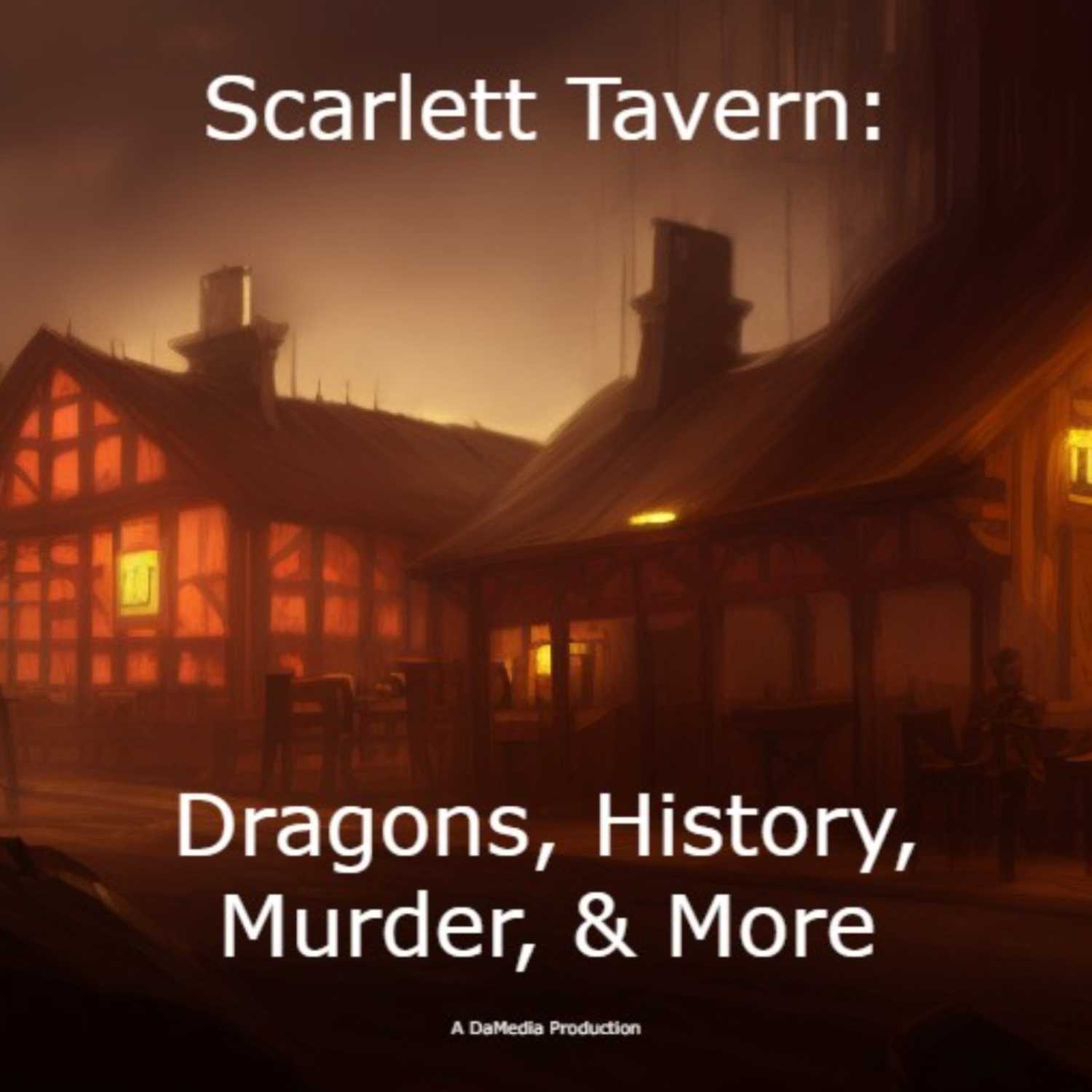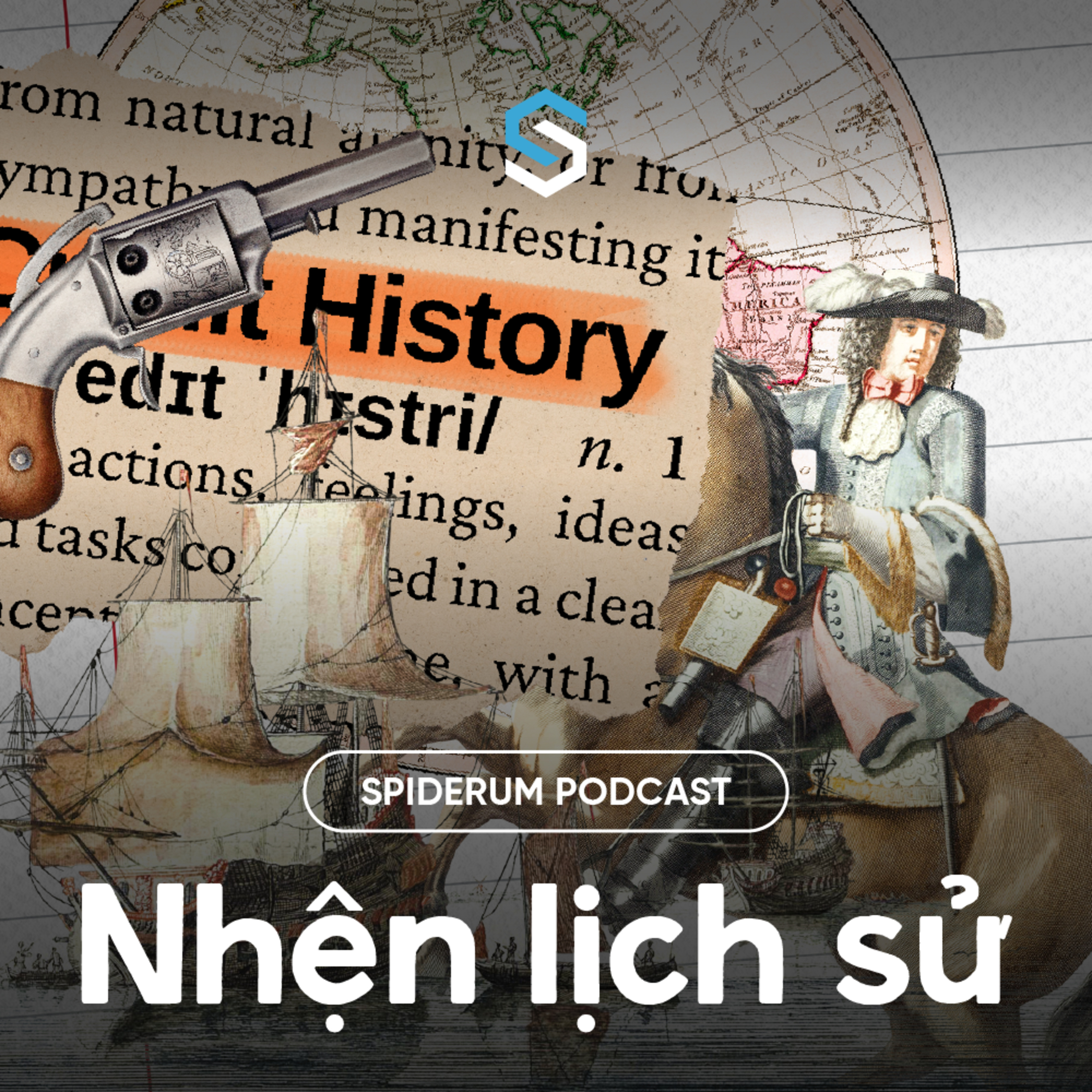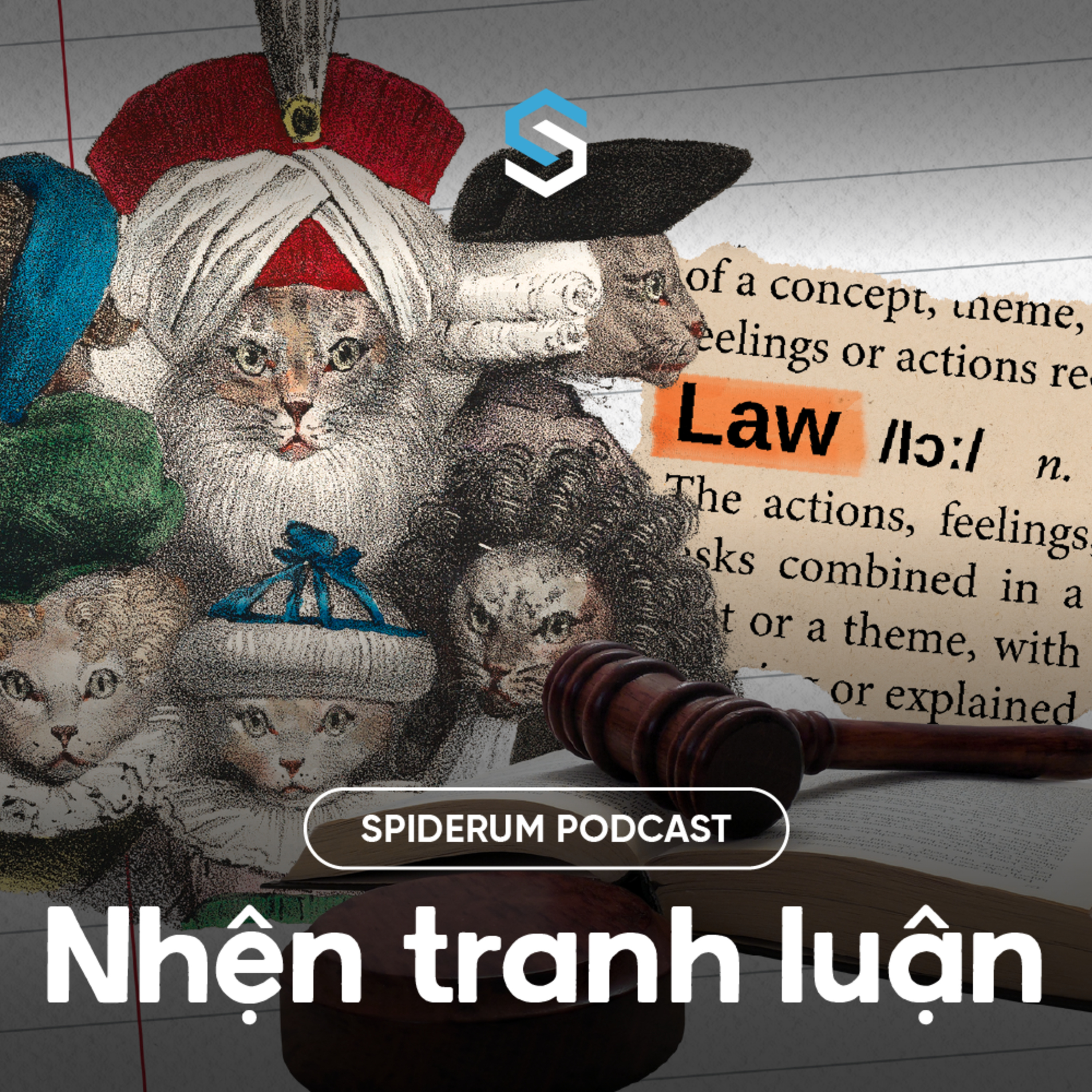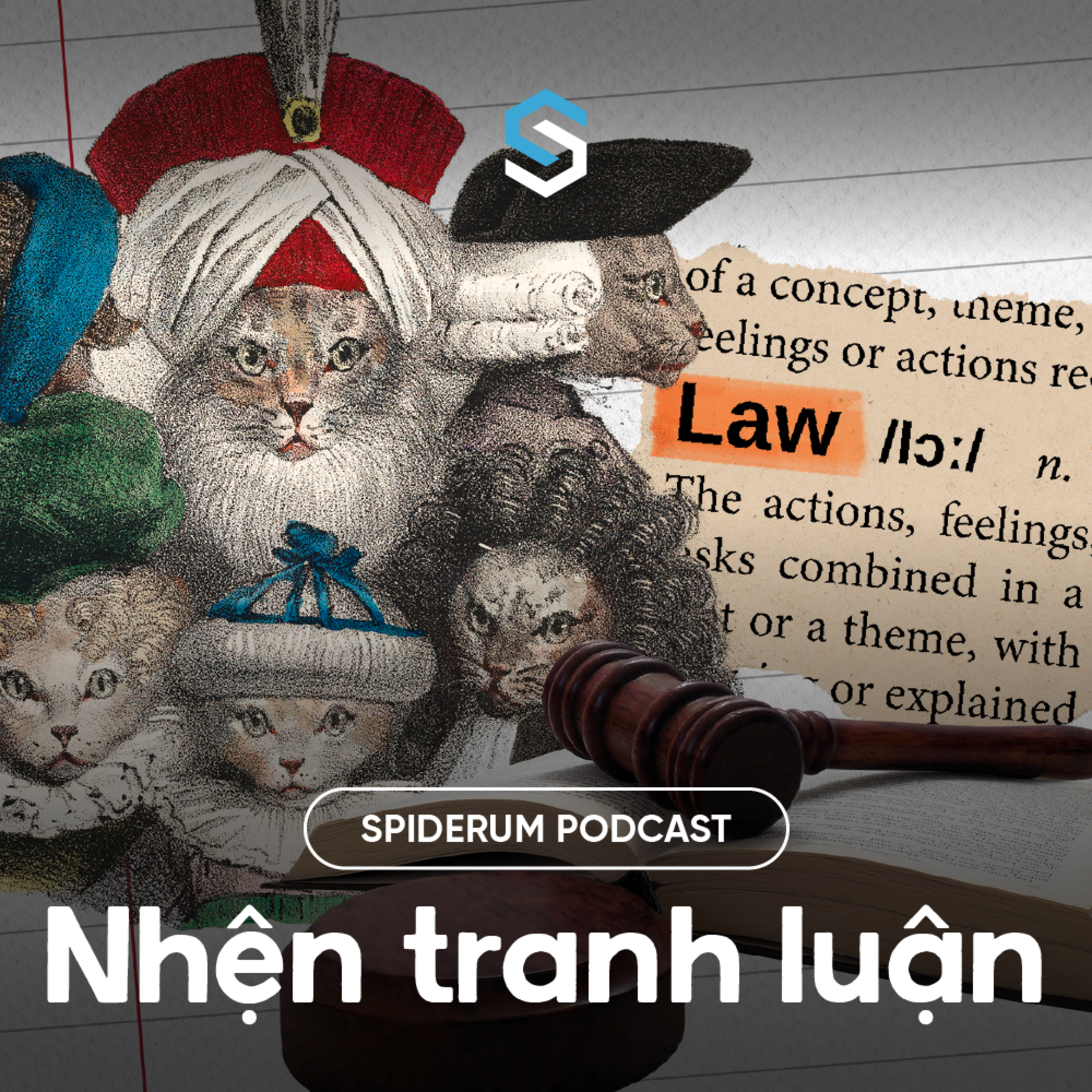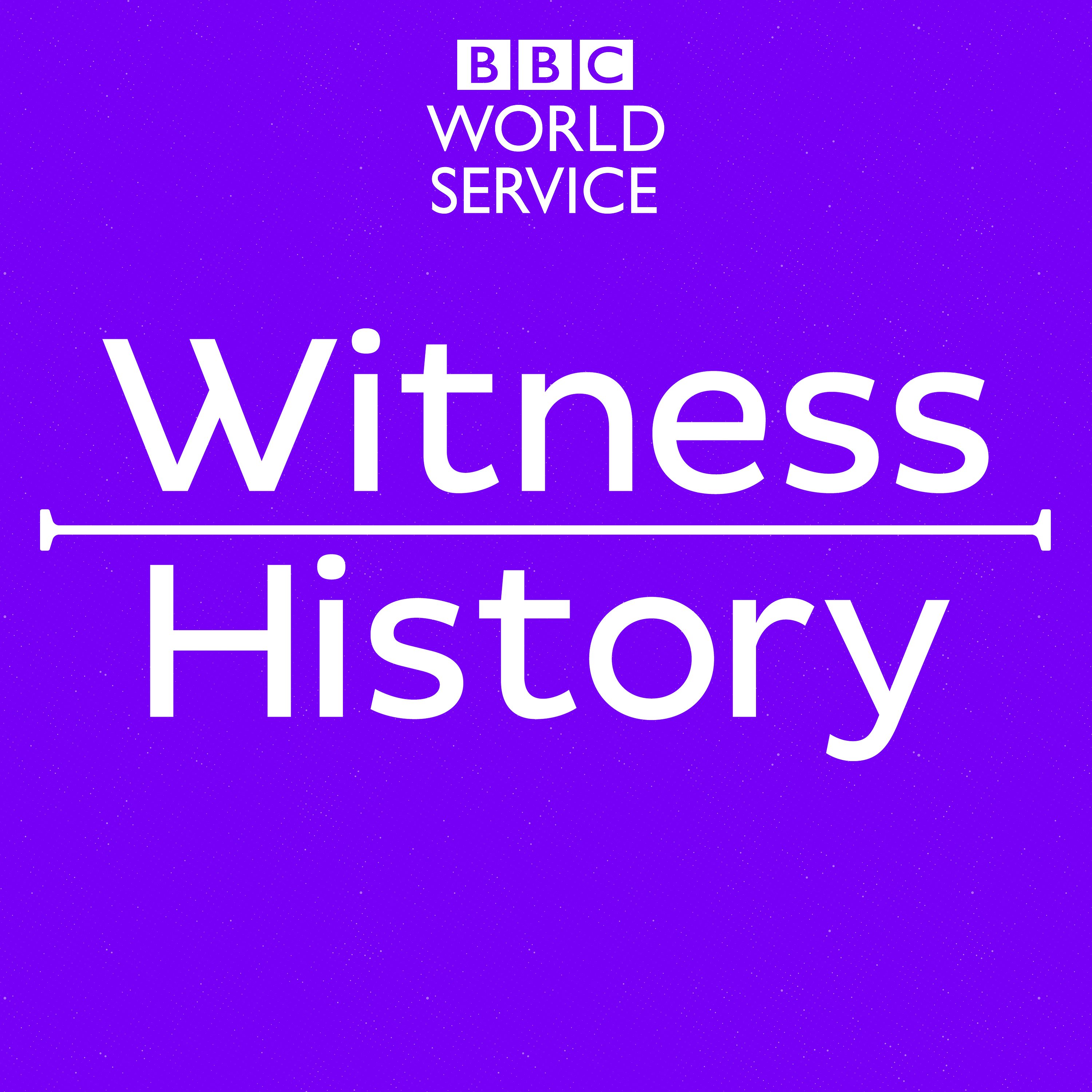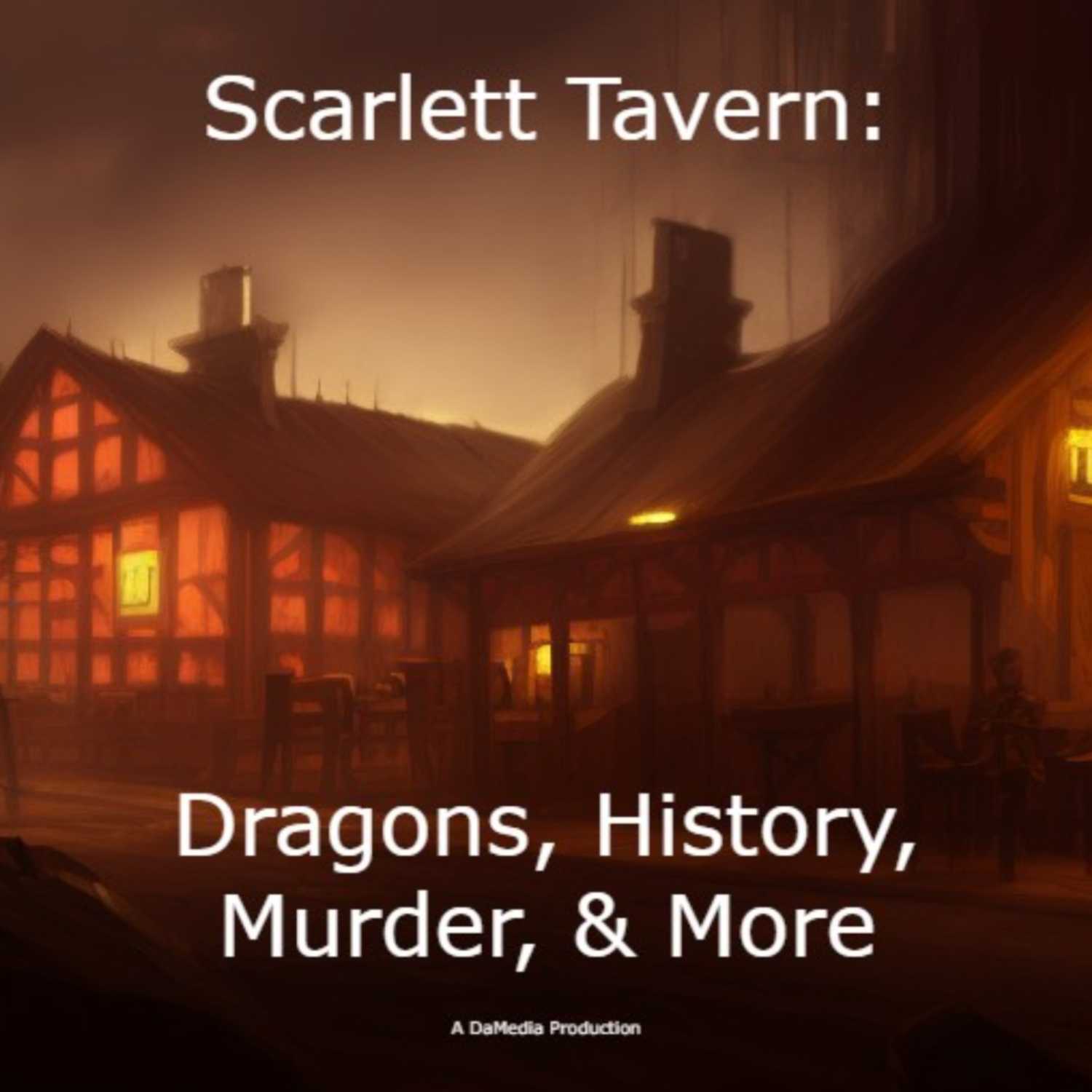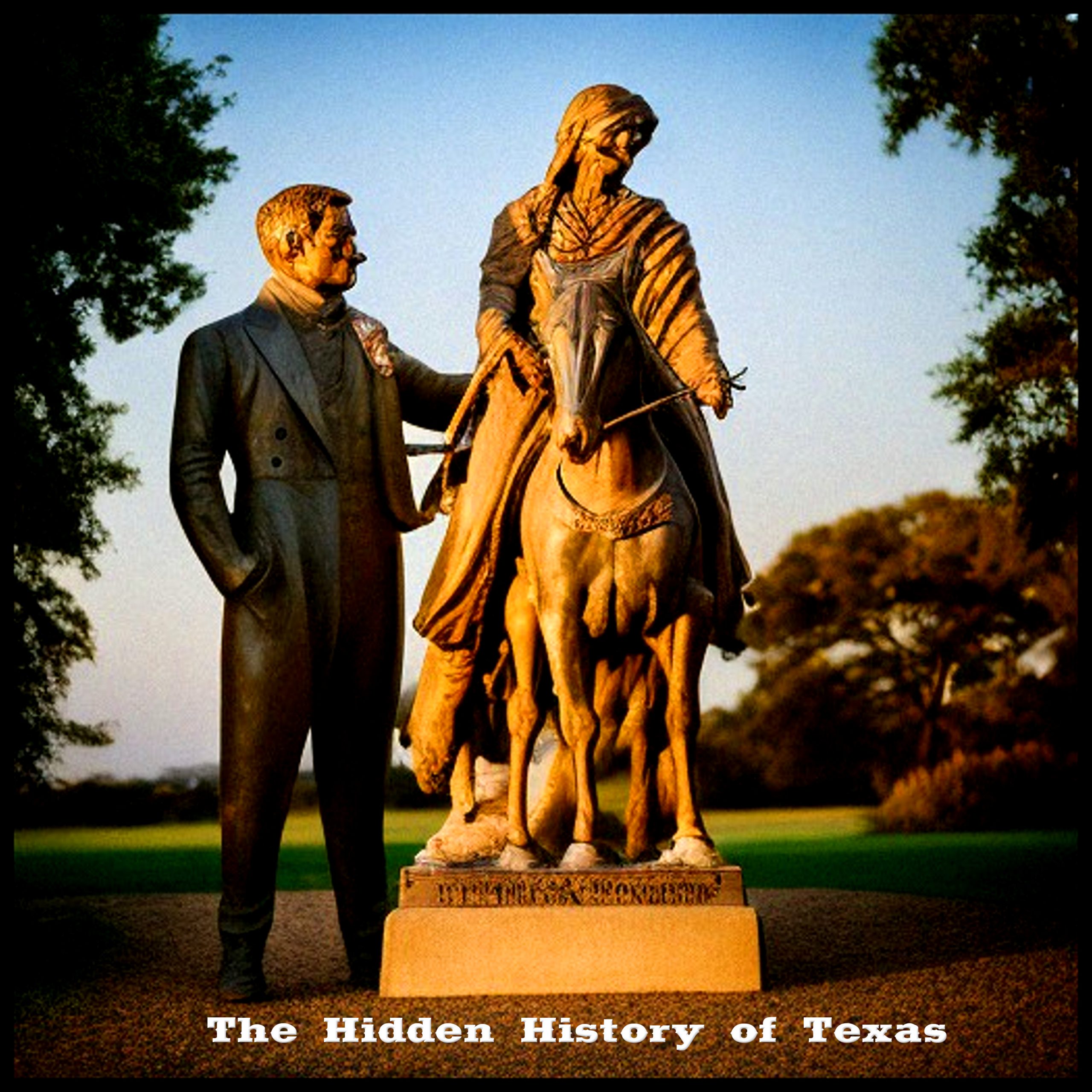- After-Shows
- Alternative
- Animals
- Animation
- Arts
- Astronomy
- Automotive
- Aviation
- Baseball
- Basketball
- Beauty
- Books
- Buddhism
- Business
- Careers
- Chemistry
- Christianity
- Climate
- Comedy
- Commentary
- Courses
- Crafts
- Cricket
- Cryptocurrency
- Culture
- Daily
- Design
- Documentary
- Drama
- Earth
- Education
- Entertainment
- Entrepreneurship
- Family
- Fantasy
- Fashion
- Fiction
- Film
- Fitness
- Food
- Football
- Games
- Garden
- Golf
- Government
- Health
- Hinduism
- History
- Hobbies
- Hockey
- Home
- How-To
- Improv
- Interviews
- Investing
- Islam
- Journals
- Judaism
- Kids
- Language
- Learning
- Leisure
- Life
- Management
- Manga
- Marketing
- Mathematics
- Medicine
- Mental
- Music
- Natural
- Nature
- News
- Non-Profit
- Nutrition
- Parenting
- Performing
- Personal
- Pets
- Philosophy
- Physics
- Places
- Politics
- Relationships
- Religion
- Reviews
- Role-Playing
- Rugby
- Running
- Science
- Self-Improvement
- Sexuality
- Soccer
- Social
- Society
- Spirituality
- Sports
- Stand-Up
- Stories
- Swimming
- TV
- Tabletop
- Technology
- Tennis
- Travel
- True Crime
- Episode-Games
- Visual
- Volleyball
- Weather
- Wilderness
- Wrestling
- Other
The Siege of Bexar
Today iI take a closer look at the Siege of Bexar. We’re still in 1835 and I’m taking a closer look at each of the early battles skirmishes that took place as the year comes to a close. In previous episodes, I’ve discussed the battles that took place Gonzales and Goliad (La Bahia) It was in Goliad that we first met General Cos, who would play a significant role in the next skirmish I want to talk about. The Siege of Bexar (or San Antonio) which took place from October through December of 1835. Without a doubt the siege of Bexar (San Antonio) was the first major campaign of the Texas Revolution. A group of Texan volunteers laid siege to the Mexican army that was headquartered in San Antonio de Béxar. After Texans drove off Mexican troops at Gonzales on October 2, the Texan army gathering outside of San Antonio grew to 300 men. To bring unity to the group they elected Stephen F. Austin commander. On October 12 they advanced closer to San Antonio, where Gen. Martín Perfecto de Cos recently (remember our old friend from Goliad) had concentrated a Mexican force of around 650 men. He fortified the town plazas west of the San Antonio River and he also fortified the Alamo, which lay east of the river. In mid-October the Texans, now with a force numbering 400 men, camped along Salado Creek east of San Antonio. In this group were legendary names such as James Bowie and Tejano leader Juan N. Seguín. Seguin brought with him a company of Mexican Texans who fought on the side of the settlers. In late October Bowie and James W. Fannin, Jr., led an advance to the missions below San Antonio, while Cos brought in 100 reinforcement men. On October 25 the Texans had a debate over strategy. Sam Houston, who had come from the Consultation government, urged delay for training and for cannons to bombard the fortifications. However, the desire of Austin and others who wanted to continue efforts at capturing San Antonio won the day. On October 27, from another of the missions around the San Antonio area, San Francisco de la Espada Mission, Austin sent Bowie and Fannin forward Nuestra Señora de la Purísima Concepción de Acuña Mission with ninety men. Their task was to locate a position nearer the town of San Antonio that would be suitable for an army encampment. It was there on the morning of the 28th that the Texans scouting party was attacked by a force of 275 men lead by Col. Domingo de Ugartechea. The Texans took a position along the bank of the San Antonio River from where they were able to drive off the assault. In doing so, they inflicted over fifty casualties on the Mexican force and captured a cannon. General Cos took up more defensive positions in San Antonio and the Alamo, and the Texans established camps on the river above and below the town. The Texans army grew to about 600 with reinforcements from East Texas that were led by Thomas J. Rusk. For the next several days Texas and Mexican cavalry skirmished from time to time as the Texans scouted to capture Mexican supplies and to warn of any reinforcements for Cos. Finally, on November 8, Travis led a force that captured 300 Mexican mules and horses grazing beyond the Medina River. On the 12th, Ugartechea left San Antonio with a small cavalry force to direct the march of reinforcements from below the Rio Grande. Austin sent cavalry to intercept him, but the Mexican troops evaded them. With the weather changing and becoming colder and without adequate supplies both armies began to suffer morale problems. When three companies with over a hundred men arrived from the United States in mid-November, Austin again planned an attack. Officers still expressed doubts, however, and it was called off. Austin then left to assume diplomatic duties in the United States. The Texas troops selected Edward Burleson as their new leader. On November 26, Erastus (Deaf) Smith reported approaching Mexican cavalry and Burleson sent troops to cut them off.


